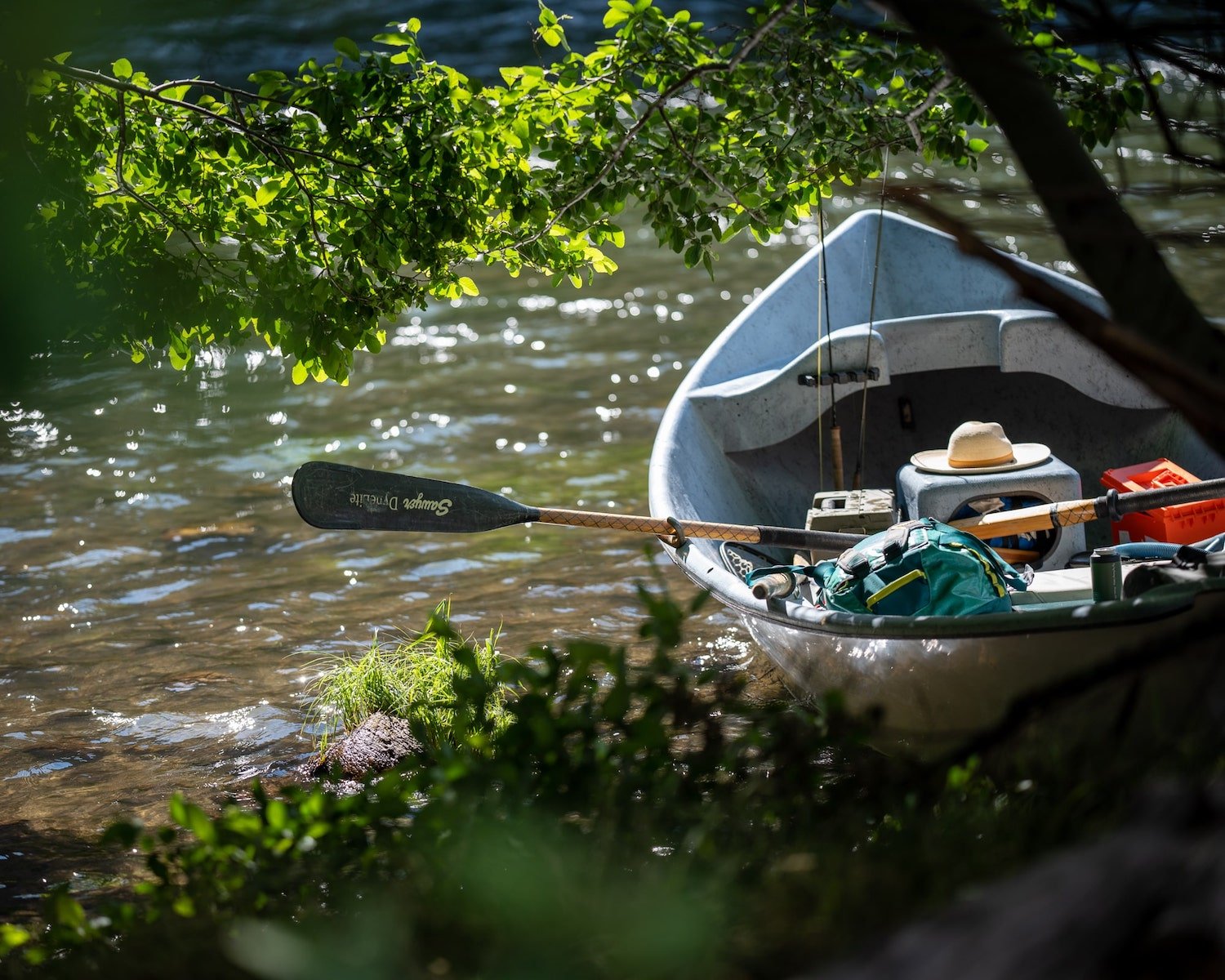Troubled Water: Lower Deschutes Water Quality in Decline
Springtime, when Lake Billy Chinook turns green. The above-water portion of PGE’s Selective Water Withdrawal Tower can be seen right of center in the foreground.
Familiar Problems Outlined in 10th DRA Water Quality Report
by Hannah Camel
The Deschutes River Alliance’s tenth annual water quality report, published this week on the DRA’s website, examines water quality issues in the lower Deschutes River associated with the operation of Portland General Electric’s Selective Water Withdrawal (SWW) Tower at the Pelton-Round Butte Hydroelectric Project. This year’s report describes several ongoing failures of the Tower to deliver on promises regarding improved water quality and fish passage.
Key Findings in this year’s Report:
SWW Tower operations intentionally warm the lower Deschutes River during critical spawning, incubation and early rearing periods for resident trout, bull trout, and steelhead.
Relative to pre-SWW Tower operations, the cooling during the fall caused by the current operations is disproportionate to the warming that occurs during the rest of the year, most of which falls during the designated salmon and steelhead spawning and incubation period.
Excess nutrients in surface water released from Lake Billy Chinook continues to be the primary contributor to the declining health of the lower Deschutes River and is largely influenced by high nitrogen inputs from the Crooked River.
High pH levels continued to exceed Oregon water quality standards throughout the monitoring period in 2024 but showed an immediate improvement with increased bottom-draw.
At the Warm Springs location, the basin standard of 8.5 was exceeded at least once during the day for a total of 179 days (79.9%) and exceeded entirely (remaining above the standard throughout the diel range) for a total of 80 days (35.7%).
At the Maupin location, the basin standard of 8.5 was exceeded at least once during the day for a total of 225 days (98.3%) and exceeded entirely (remaining above the standard throughout the diel range) for a total of 33 days (14.4%).
Despite permit requirements, dissolved oxygen (DO) levels frequently drop below state standards, endangering trout eggs and fry during spawning seasons.
Overall, the existing data record indicates that increasing bottom draw from the SWW Tower is the most effective, immediate, and straightforward solution to addressing the challenges facing the lower Deschutes River now, and in the decades ahead.
Read the full report on our website to learn more about the challenges and how the DRA is advocating for solutions.
More From The Blog
Subscribe the the DRA Newsletter
The Deschutes River Alliance is your focused voice to protect the lower Deschutes River, its cold water flows and the fish and wildlife that are sustained by them. We send regular emails with important data and news about the lower Deschutes River. We will not sell or loan your contact information to others.
How to Support the DRA
Everyone wants clean, healthy water in the Deschutes River. Oregonians cherish our clean and healthy waterways to provide drinking water, wildlife habitat and recreational activities. The lower Deschutes River is a federally designated Wild & Scenic River, and a national treasure. It must be protected for the environmental and economic health of Central Oregon. We believe by working together we can return the lower Deschutes River to full health.






















